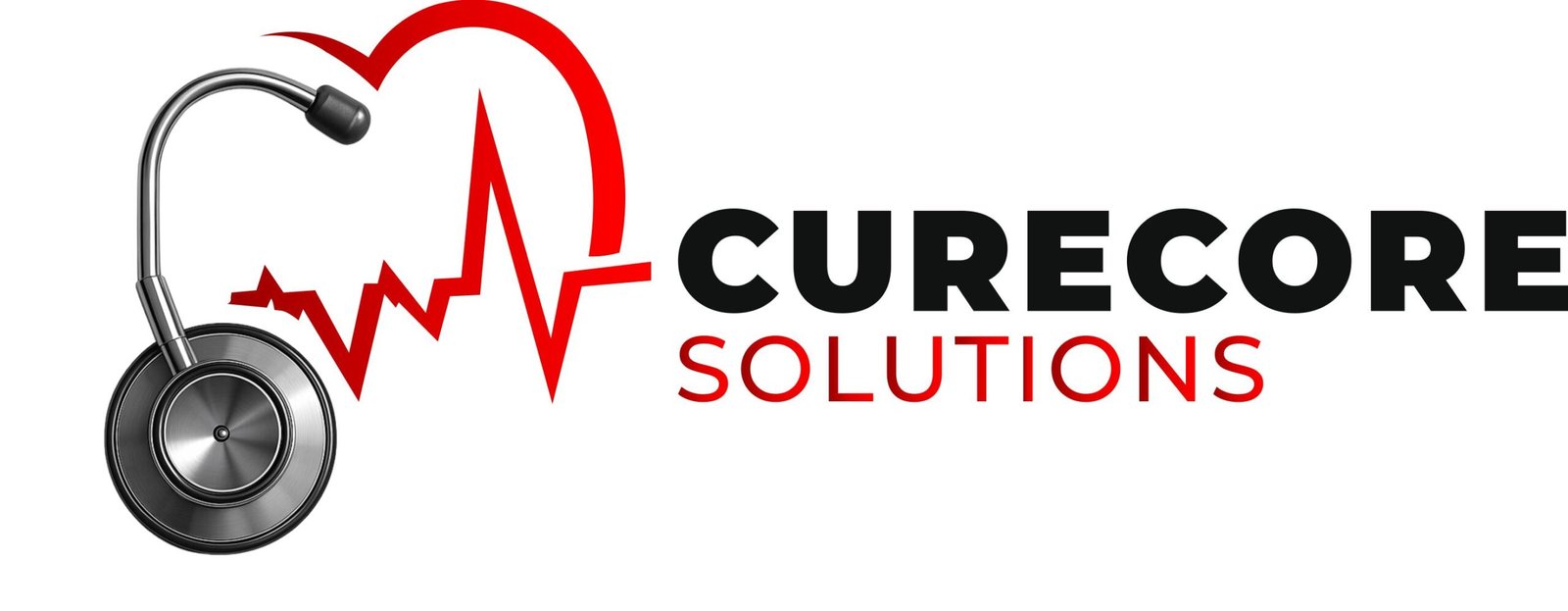Introduction
Life’s unexpected moments sometimes bring sudden injuries or illnesses that need quick attention. Whether it’s a sprained ankle, a minor fracture, a deep cut, or a sudden fever, knowing where to turn can make all the difference.
Urgent care centers specialize in delivering fast, effective medical treatment for non-life-threatening conditions that require prompt care—offering an accessible alternative to emergency rooms. This guide will walk you through what urgent care is, what to expect during your visit, and how it helps manage common injuries and illnesses efficiently.
What Is Urgent Care?
Urgent care clinics provide immediate medical services for acute health issues that cannot wait for a regular doctor’s appointment but are not severe enough for an emergency room. Some common conditions treated at urgent care include:
- Sprains, strains, and minor fractures
- Cuts and wounds needing stitches
- Burns and skin infections
- Respiratory infections and flu
- Severe headaches, dehydration, and sudden illnesses
Benefits of Urgent Care
Urgent care offers several advantages, including:
- Quick access to care without the long waits typical of emergency rooms
- Extended hours, including evenings and weekends
- On-site diagnostic services like X-rays and lab tests for fast, accurate diagnosis
- Affordable treatment options compared to emergency visits
- Personalized care in a comfortable, patient-friendly environment
How Urgent Care Treats Common Injuries and Illnesses
When you visit urgent care, healthcare providers conduct a thorough assessment that includes reviewing your symptoms, medical history, and sometimes diagnostic testing like X-rays or blood work.
Typical treatments can include:
- Wound cleaning and stitches
- Pain management and anti-inflammatory medications
- Splinting or immobilization of injured limbs
- Minor procedures to treat burns or infections
- Prescriptions and referrals for follow-up care
Prompt treatment at urgent care centers helps reduce pain, prevent complications, and promote faster healing.
What to Expect During Your Urgent Care Visit
Your first visit to urgent care typically follows these steps:
- Check-in and Medical History: Provide personal and insurance details, and discuss your symptoms and medical background.
- Physical Examination and Diagnostic Tests: Providers perform a targeted physical exam and order tests as needed for diagnosis.
- Treatment: Receive immediate care tailored to your condition, including medication, procedures, or referrals.
- Aftercare Instructions: Get advice on home care, warning signs to watch for, and when to seek further medical help.
Most urgent care visits are completed within an hour, making it a convenient option for busy schedules.
Safety and Quality Assurance
Urgent care clinics are staffed by licensed healthcare professionals trained in urgent medicine. They adhere to strict sanitation protocols, use sterile equipment, and maintain high standards of patient safety.
Tips for a Successful Urgent Care Experience
- Bring your ID, insurance card, and list of current medications
- Wear comfortable, easily examinable clothing
- Arrive a few minutes early to complete any paperwork
- Follow all aftercare instructions carefully to ensure proper healing
Final Thoughts
Urgent care centers play a vital role in providing fast, effective medical care for sudden injuries and illnesses. By offering convenient access to diagnosis and treatment, urgent care helps patients recover quickly and avoid unnecessary emergency room visits.
If you experience a non-life-threatening health issue that needs prompt attention, urgent care is a smart, reliable choice.
